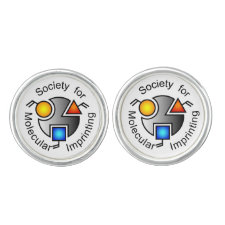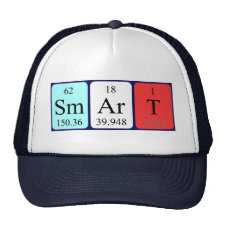
Authors: Khlifi A, Gam-Derouich S, Jouini M, Kalfat R, Chehimi MM
Article Title: Melamine-imprinted polymer grafts through surface photopolymerization initiated by aryl layers from diazonium salts.
Publication date: 2013
Journal: Food Control
Volume: 31
Issue: (2)
Page numbers: 379-386.
DOI: 10.1016/j.foodcont.2012.10.013
Alternative URL: http://www.sciencedirect.com/science/article/pii/S0956713512005713
Abstract: In this work, diazonium-based photoinitiators were electrografted on gold electrodes to provide specific, selective and ultrasensitive molecularly imprinted polymer (MIP) grafts for the detection of melamine. This toxic molecule was used as a template, while methacrylic acid (MAA) and ethylene glycol dimethacrylate (EGDMA) were the functional and crosslinking monomers, respectively. Surface-initiated photopolymerization was conducted because it is a simple and versatile mean for making ultrathin MIP grafts ( ~ 25 nm thick). Both cyclic and square wave voltammetry (SWV) were used for investigating rebinding melamine by the MIP grafts. However, the latter permitted to achieve ultrasensitive detection down to 7.7 x 10-10 mol/L in PBS and 3.1 x 10-10 mol/L in milk. Recovery was found to be very good, levelling off at 92%
Template and target information: melamine
Author keywords: Melamine, milk, diazonium salts, photopolymerization, Molecularly imprinted polymers, electrochemical sensors



Join the Society for Molecular Imprinting

New items RSS feed
Sign-up for e-mail updates:
Choose between receiving an occasional newsletter or more frequent e-mail alerts.
Click here to go to the sign-up page.
Is your name elemental or peptidic? Enter your name and find out by clicking either of the buttons below!
Other products you may like:
 MIPdatabase
MIPdatabase









